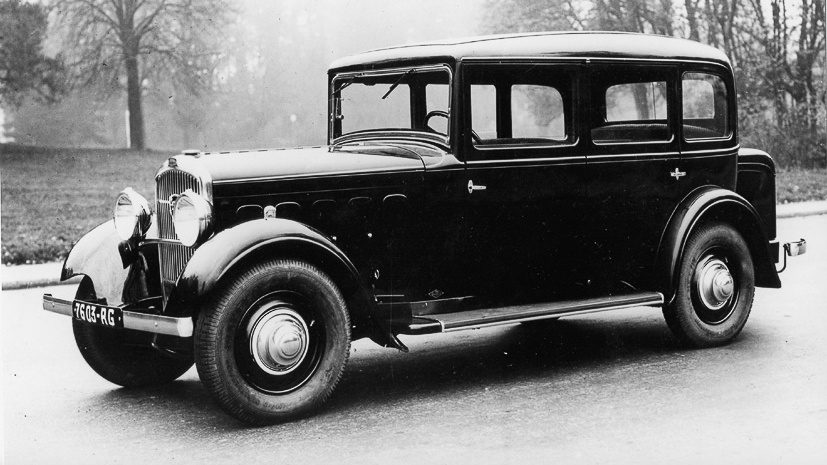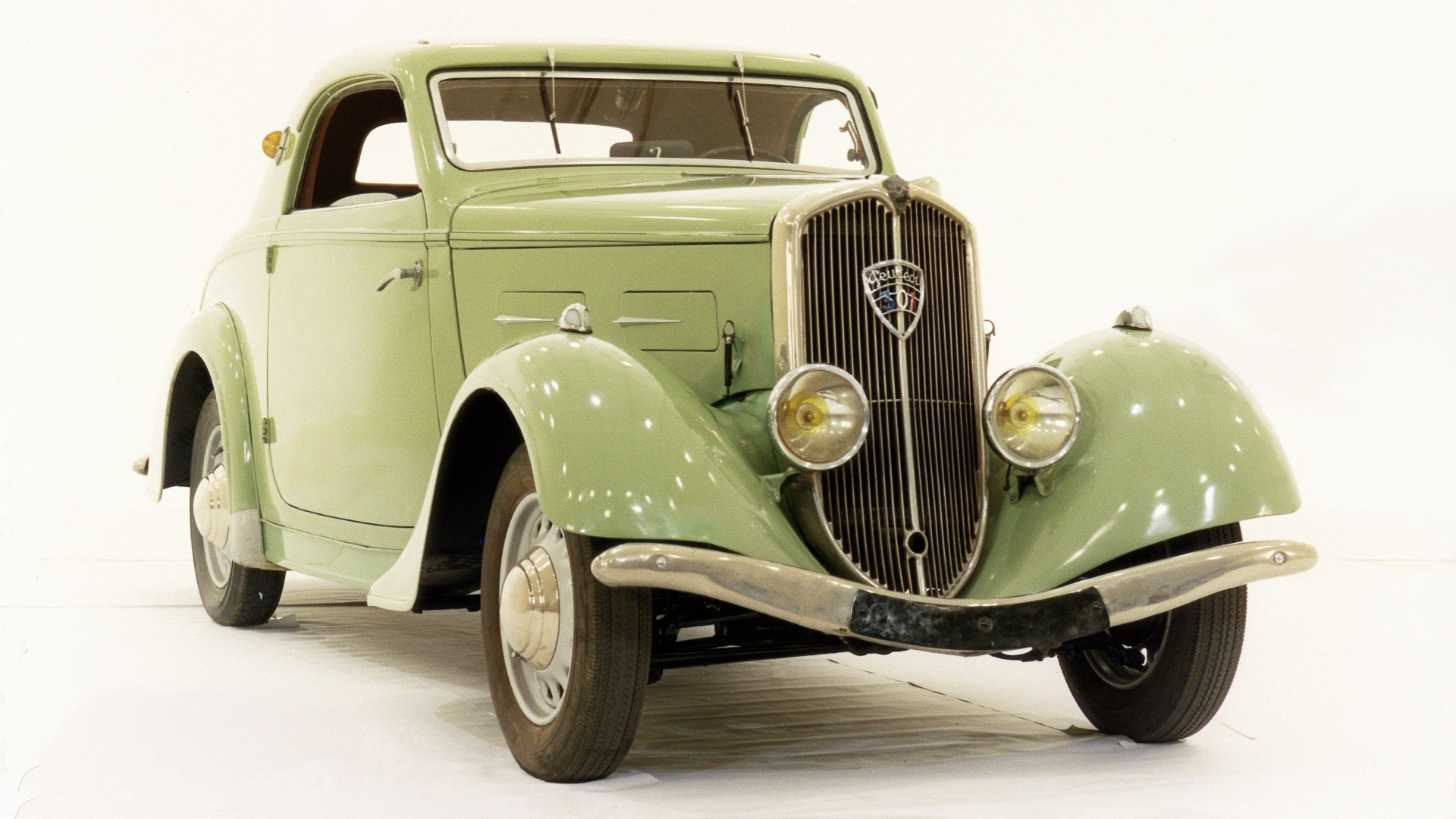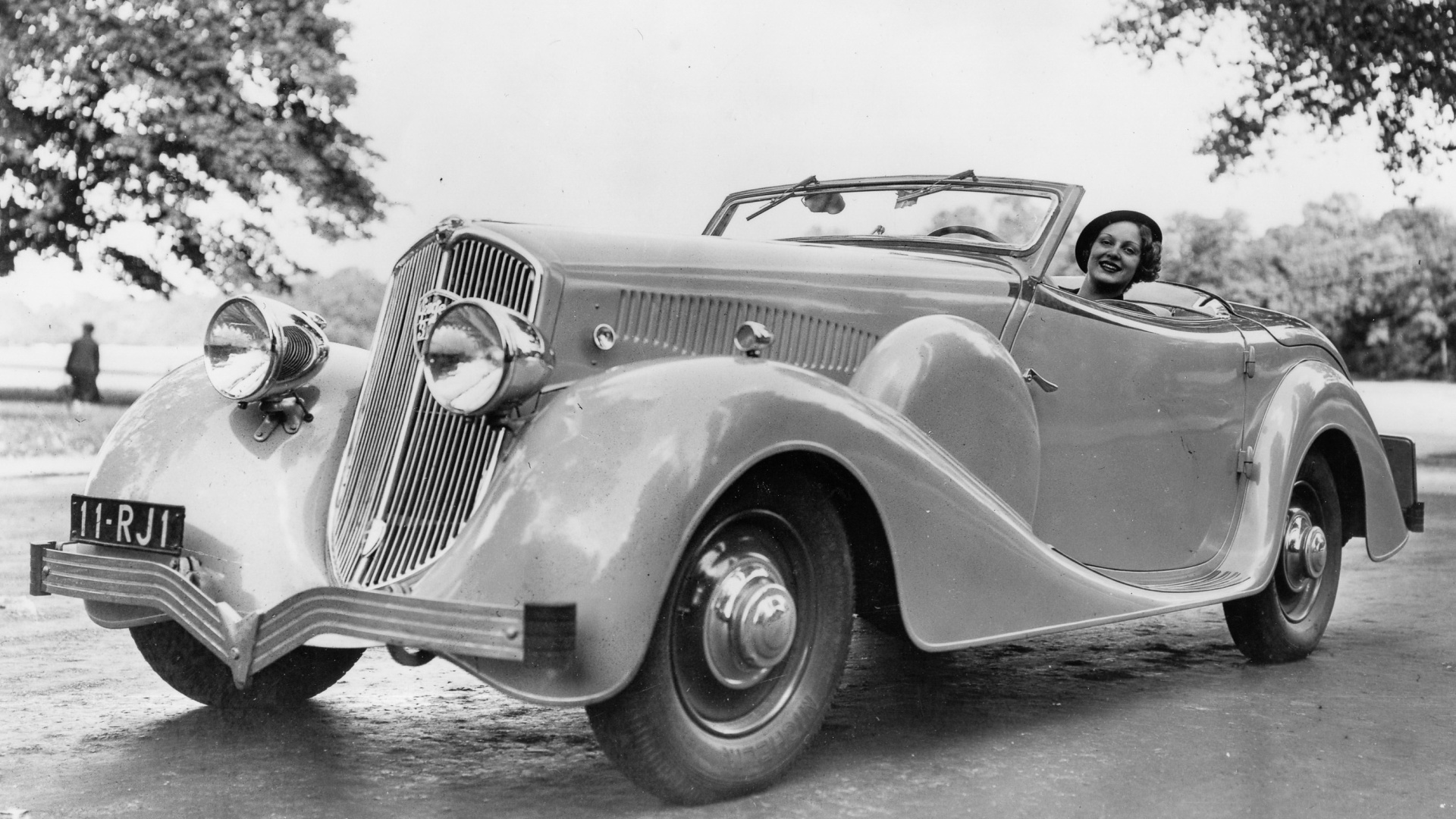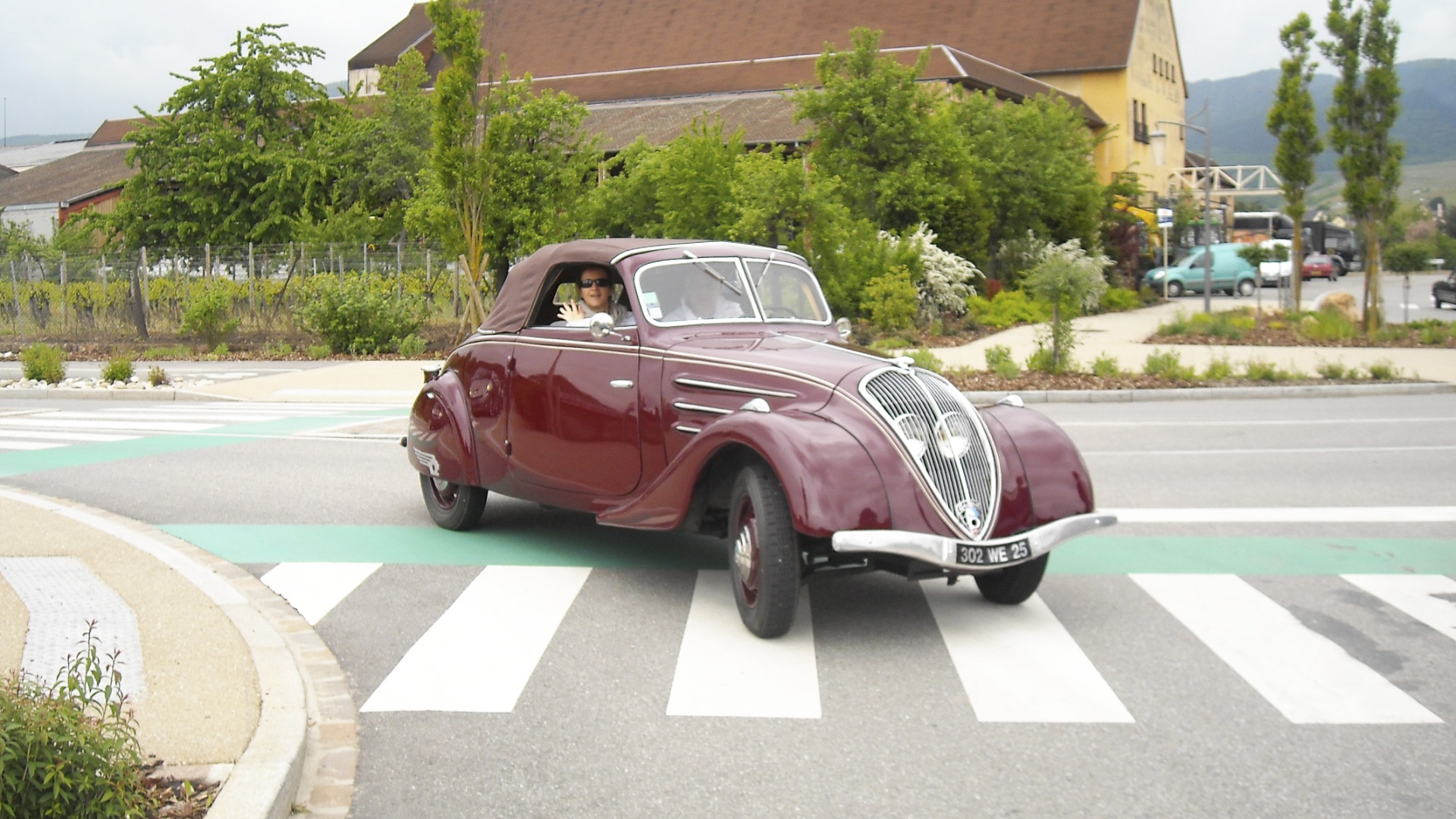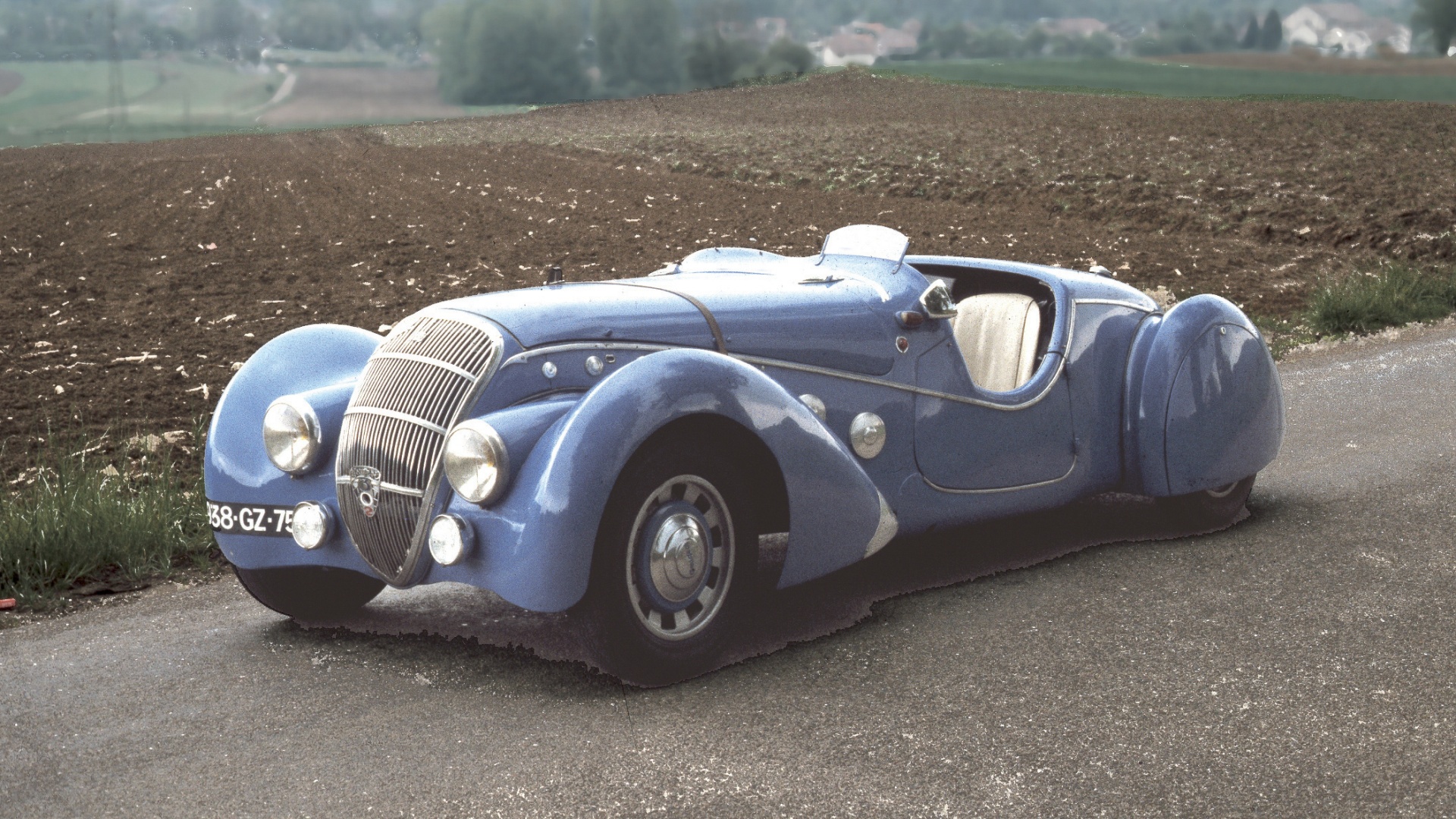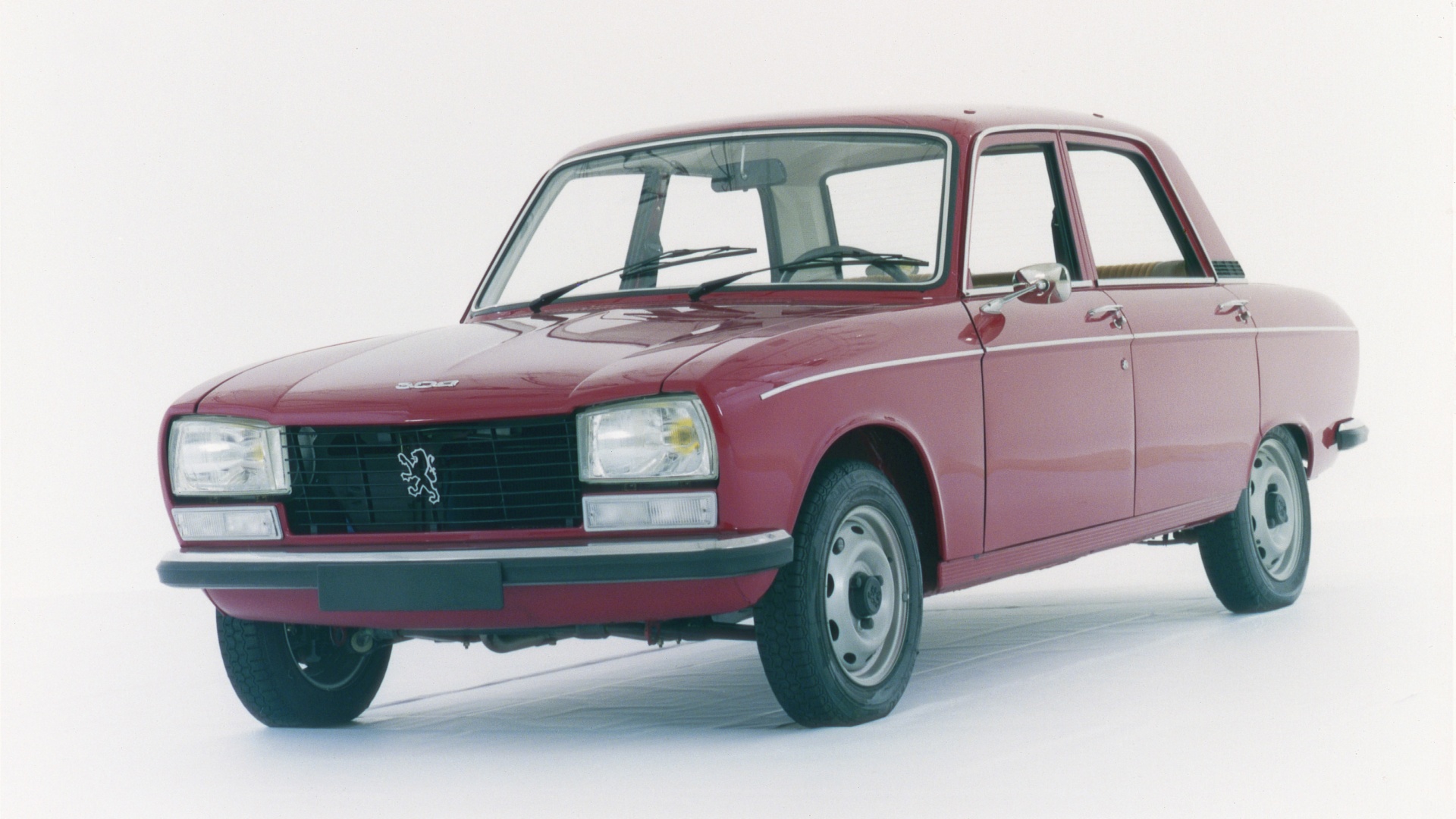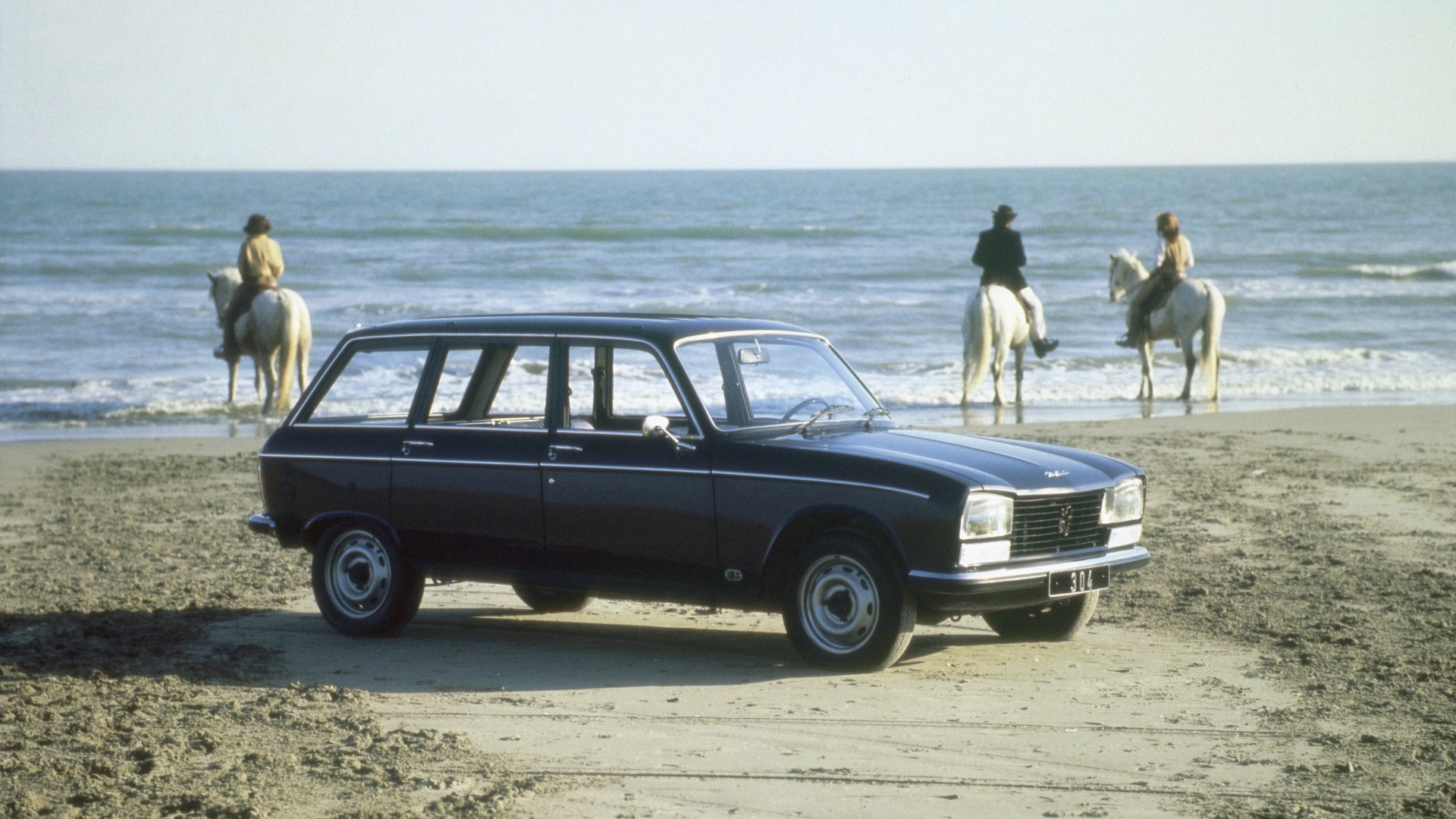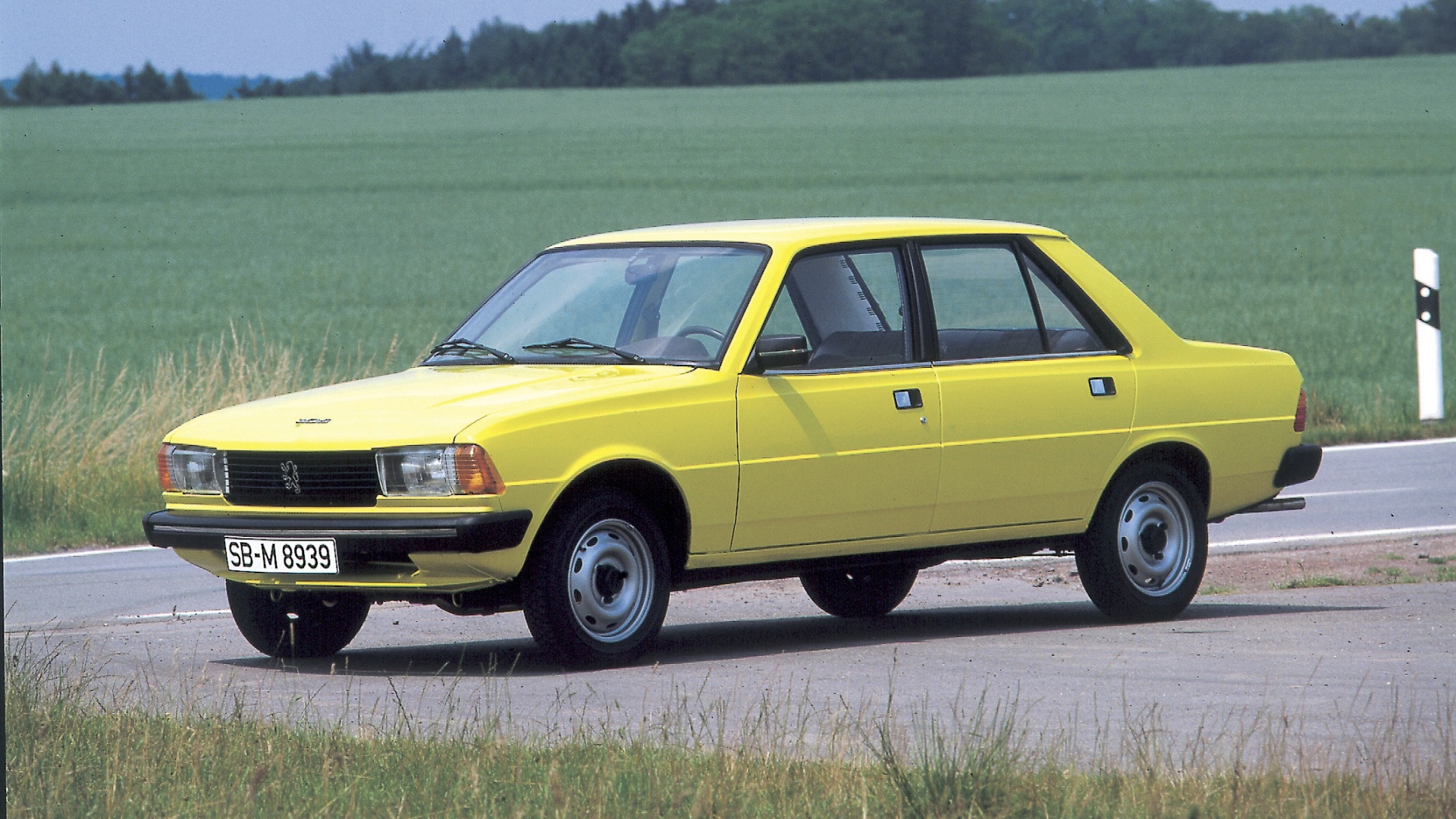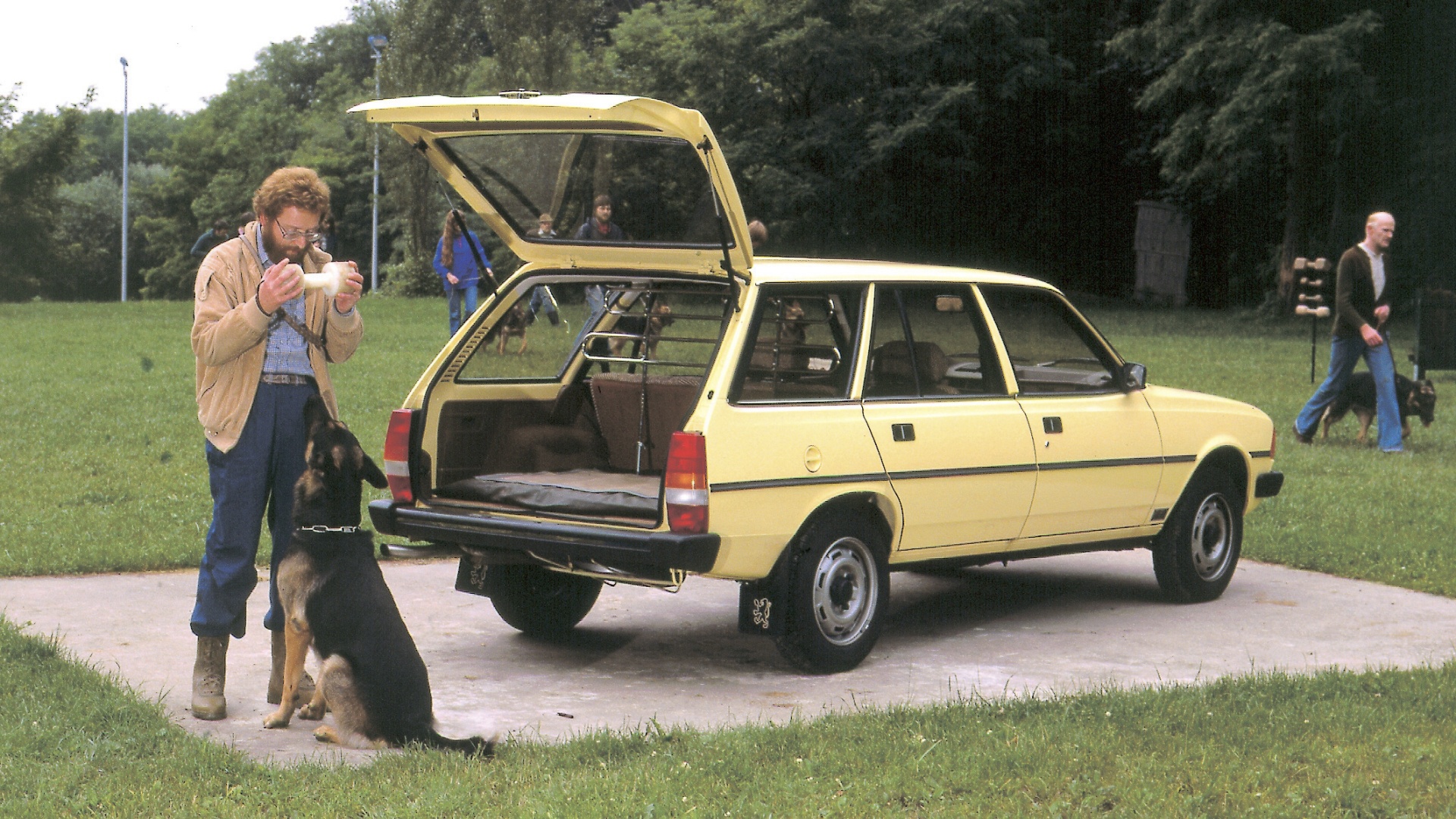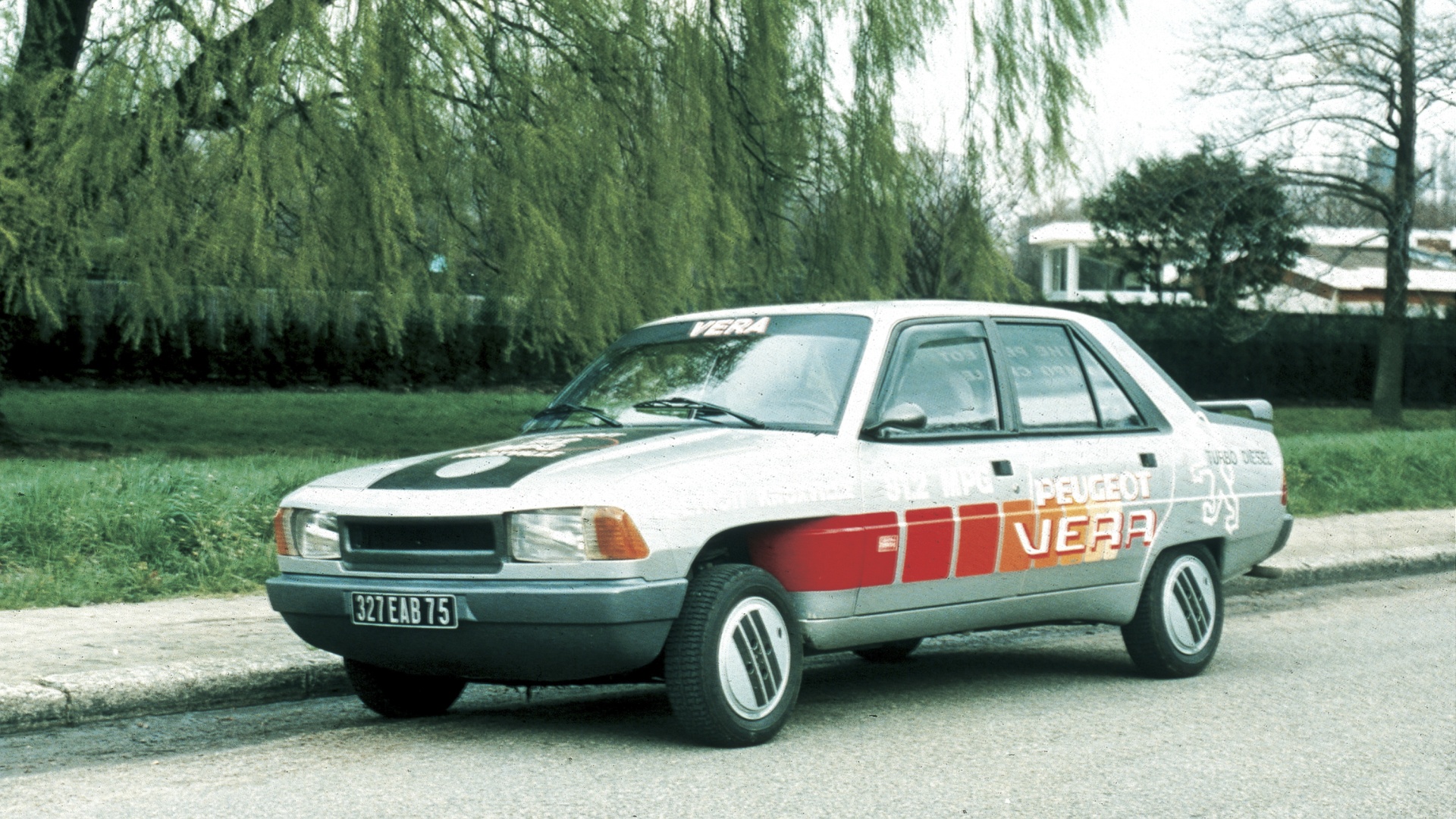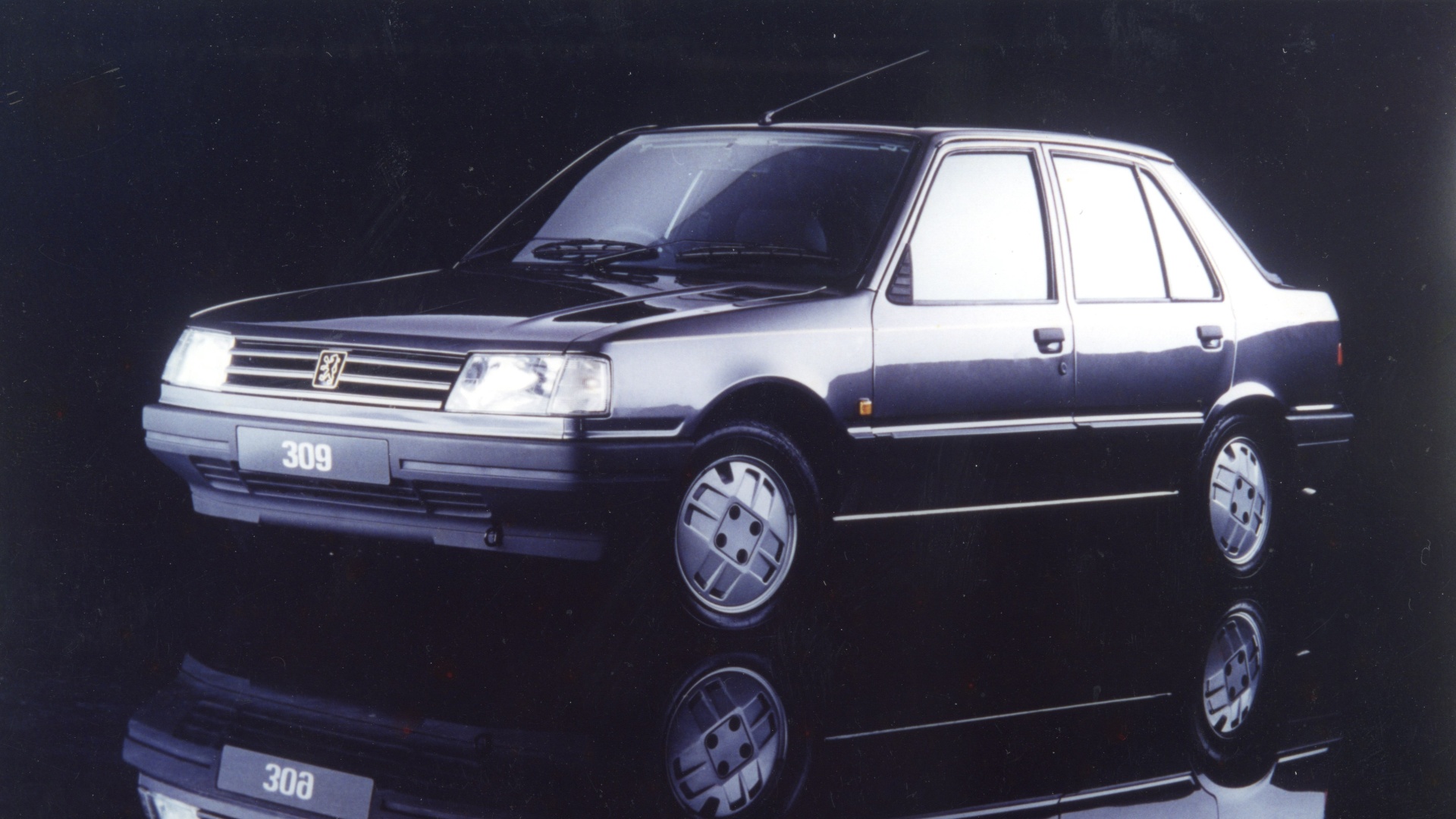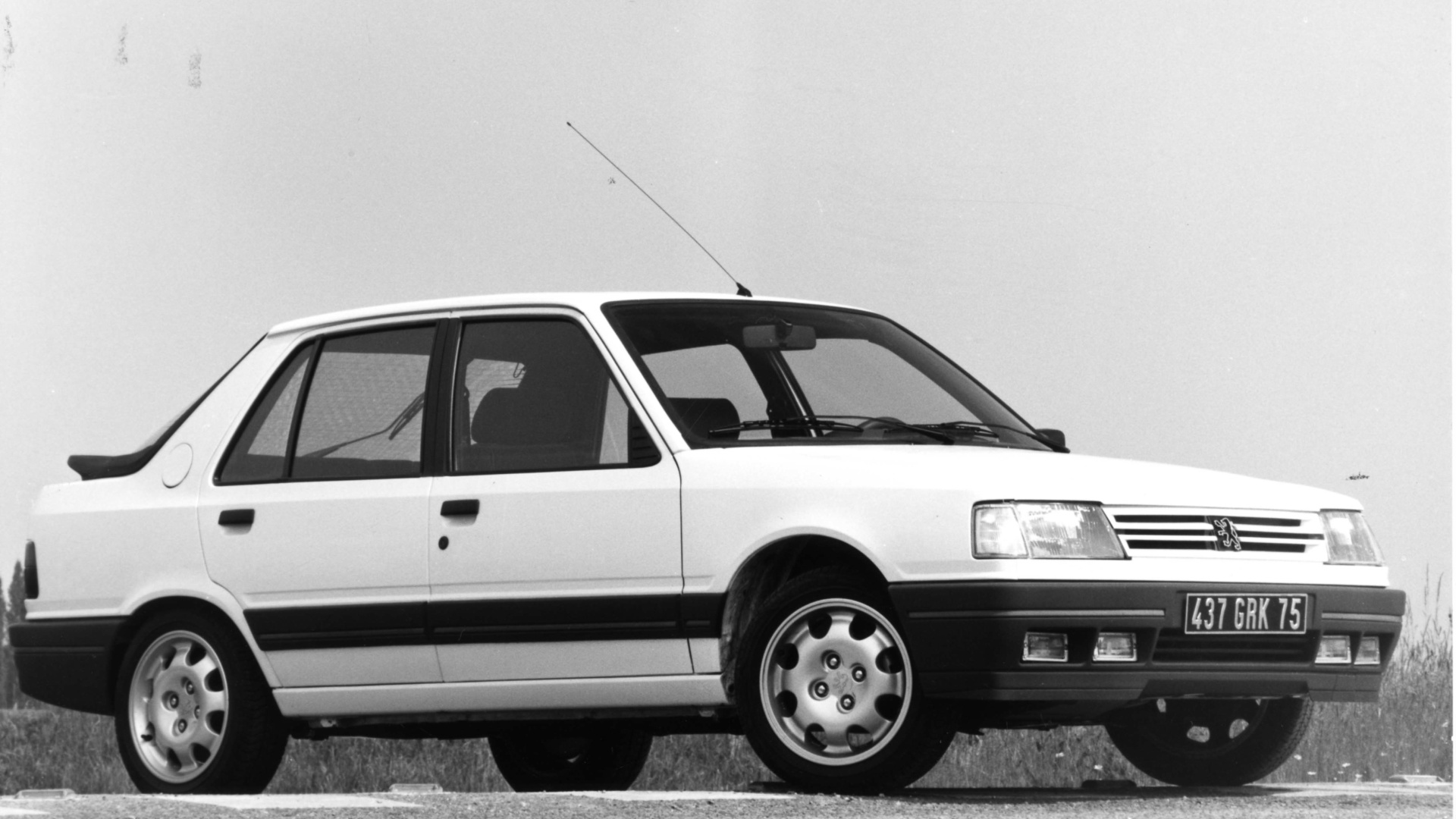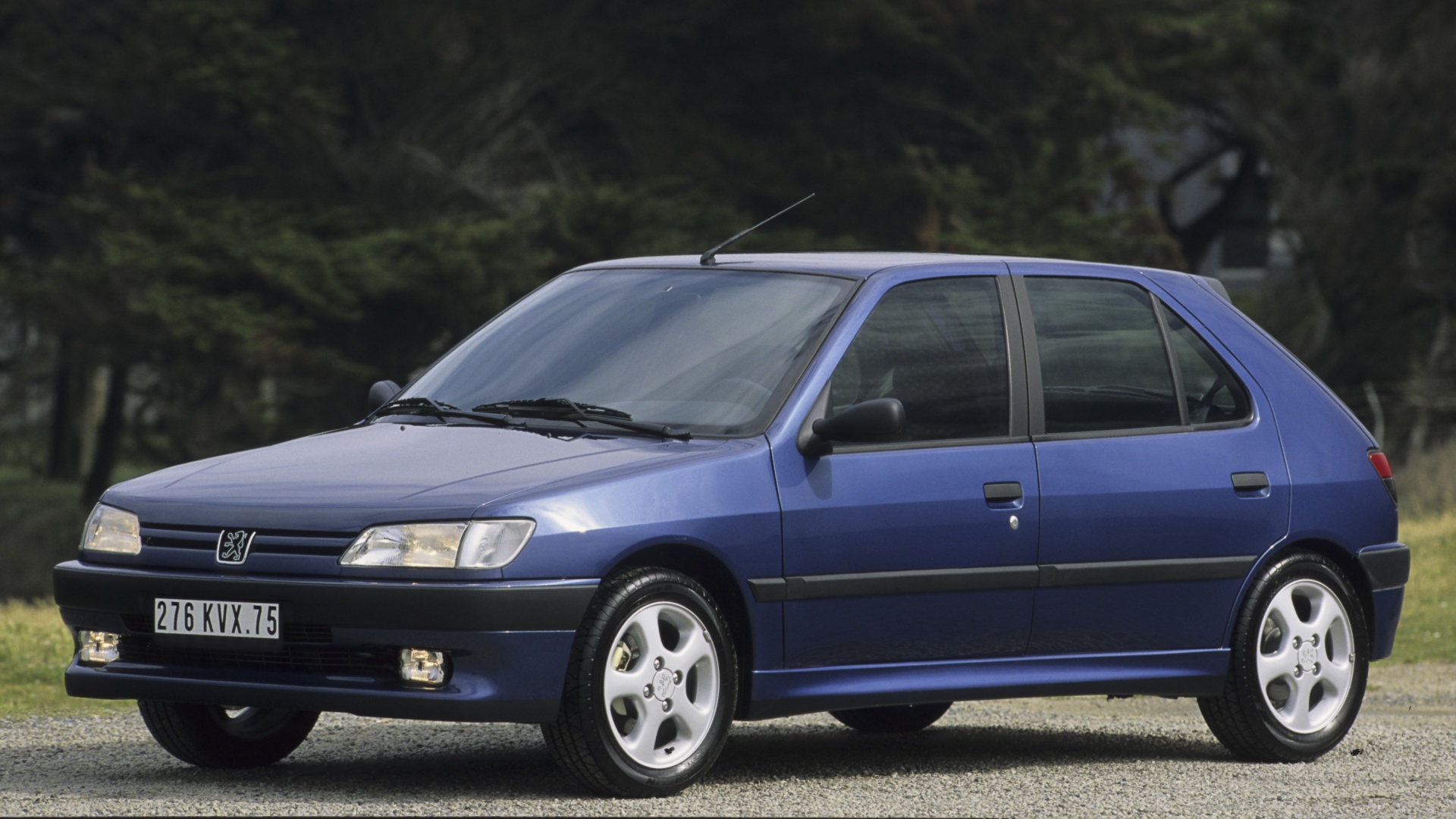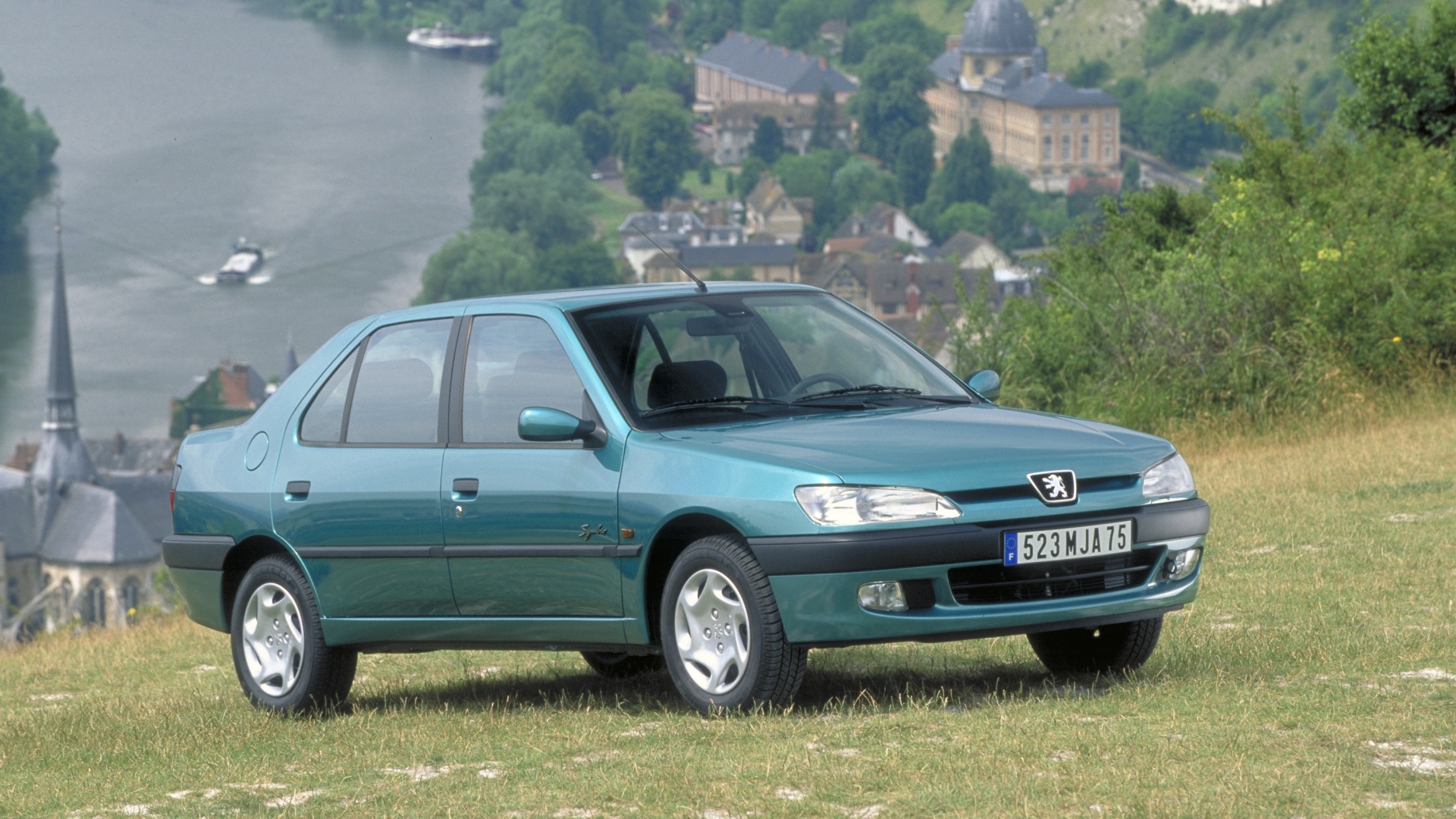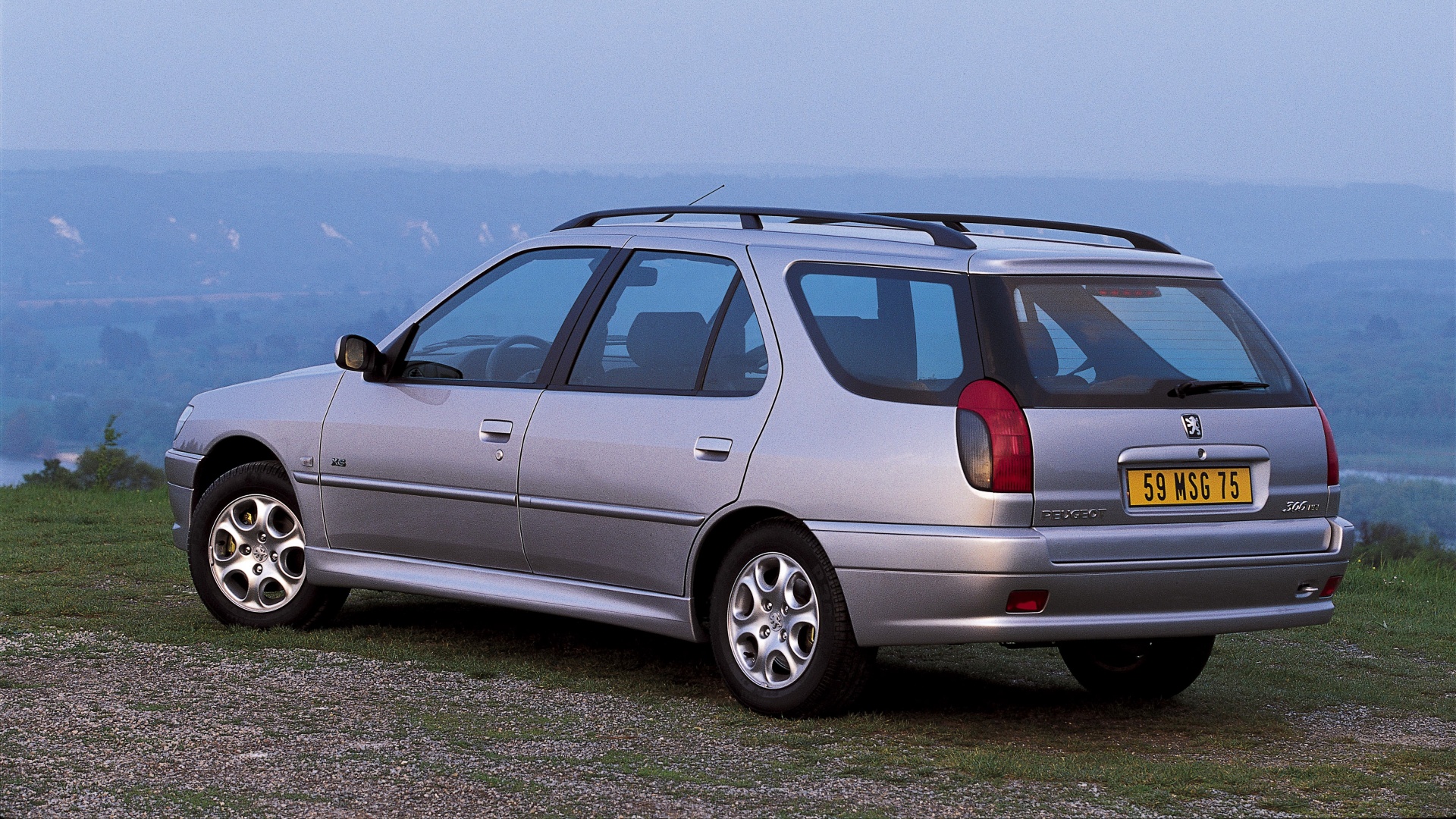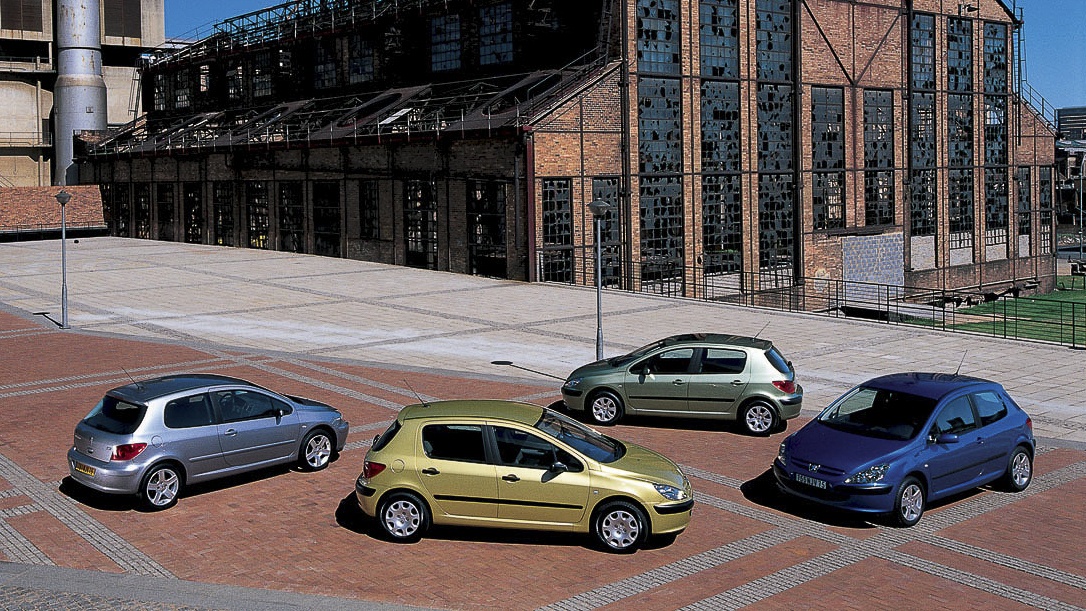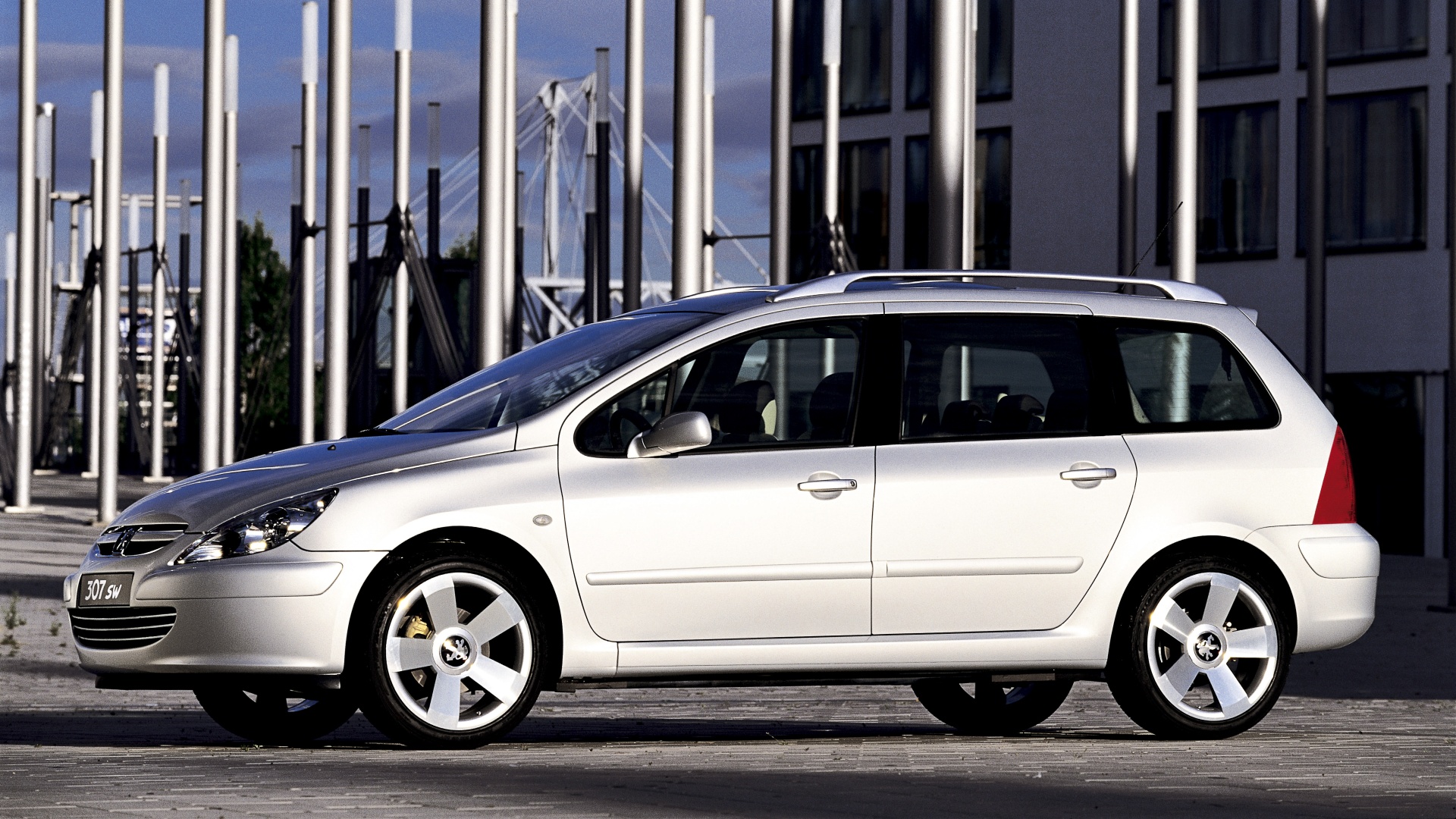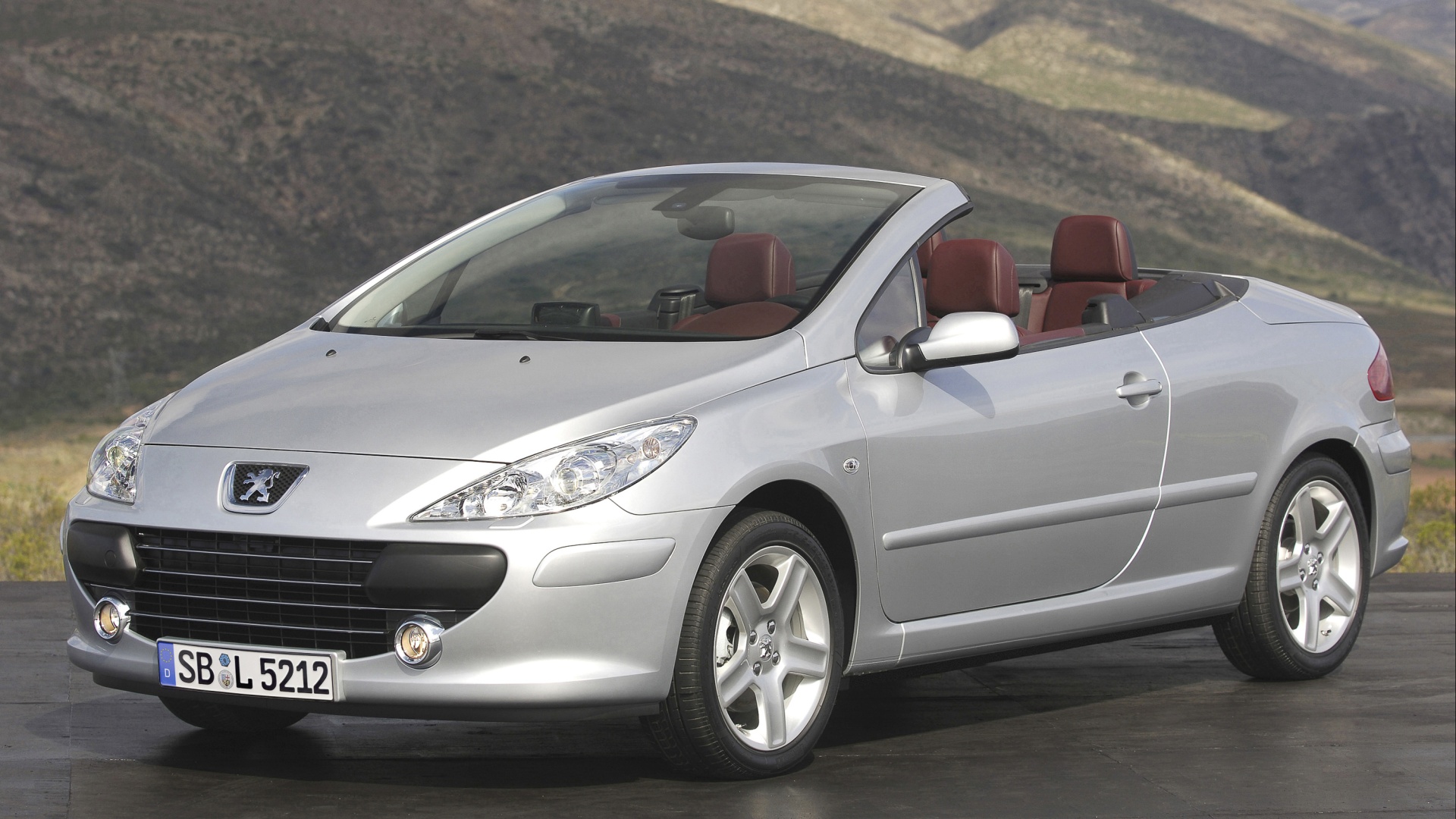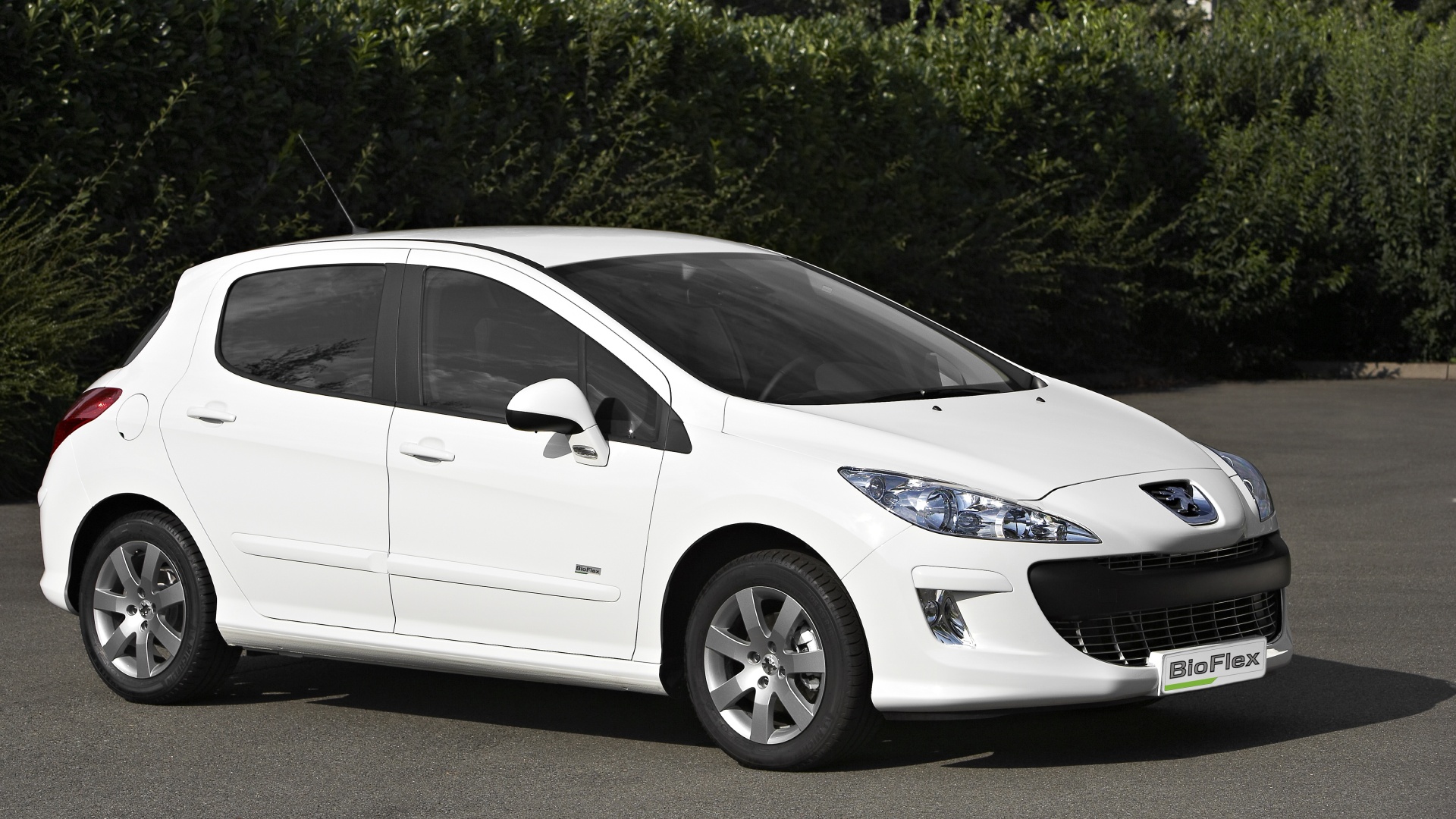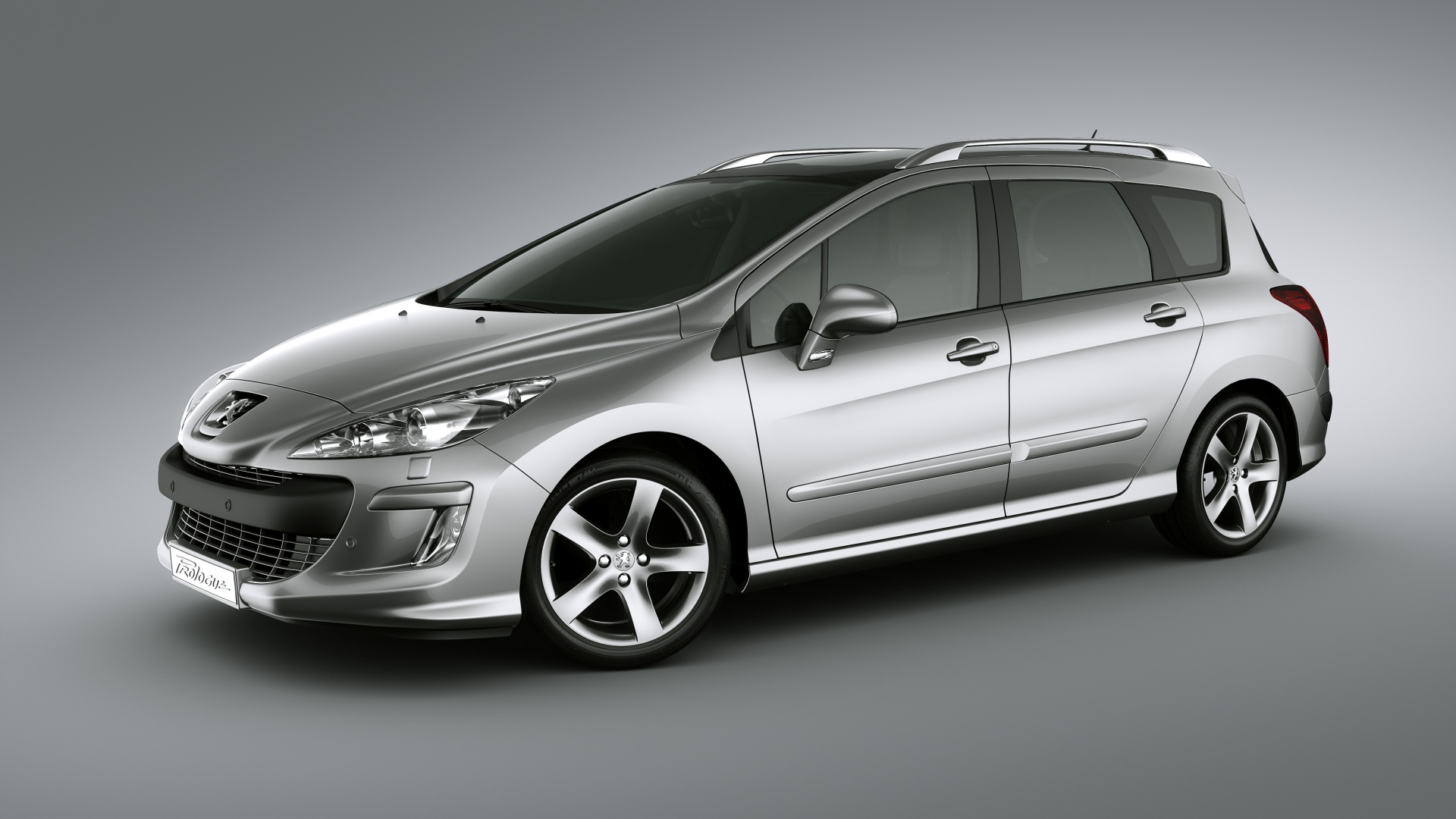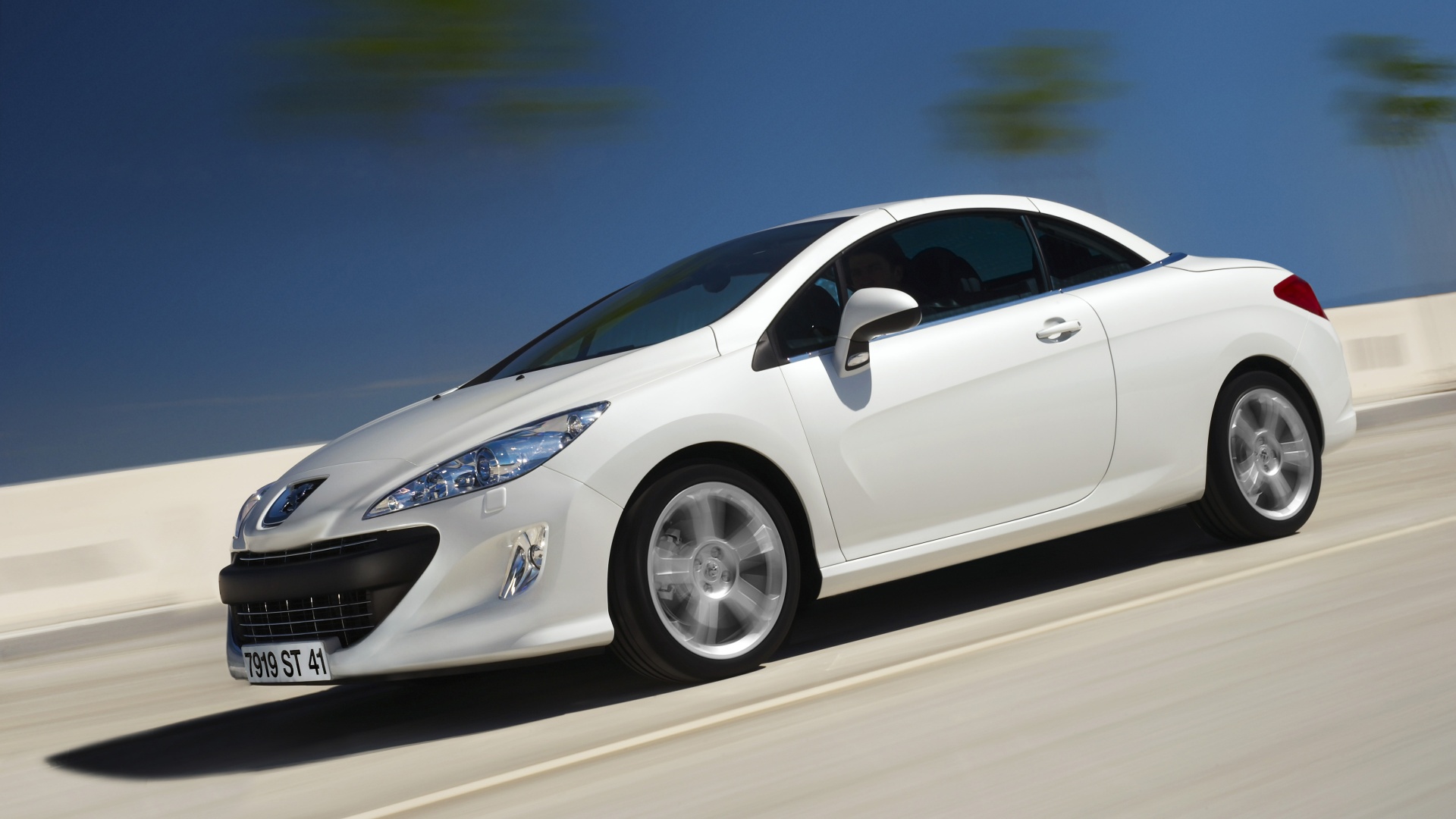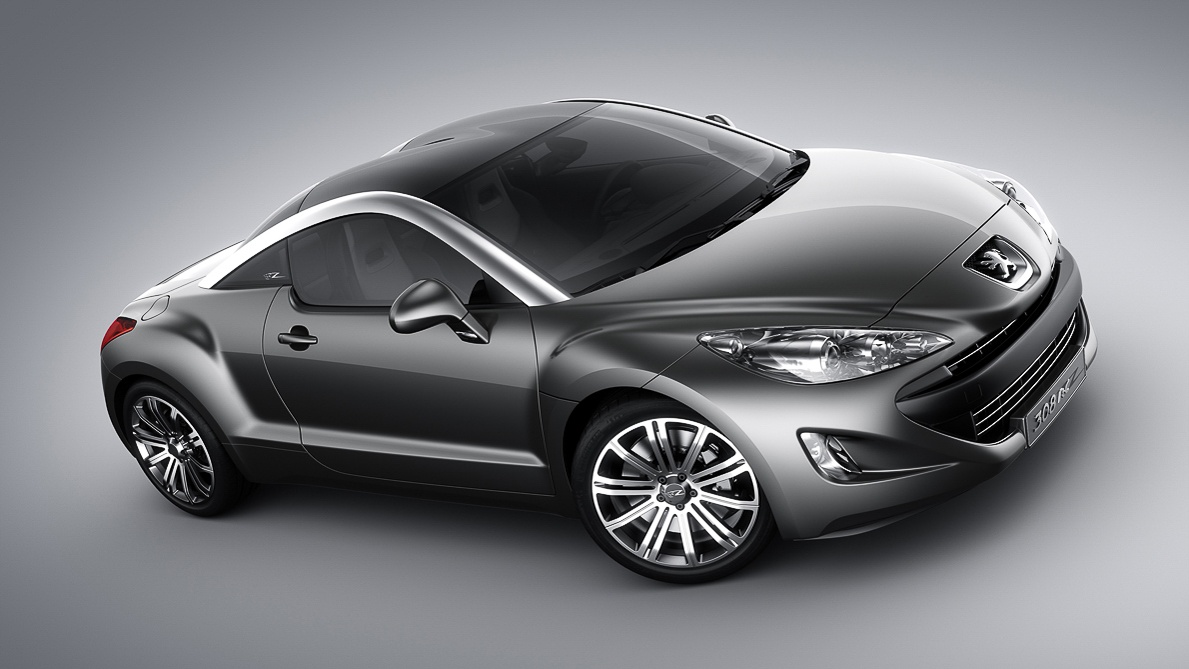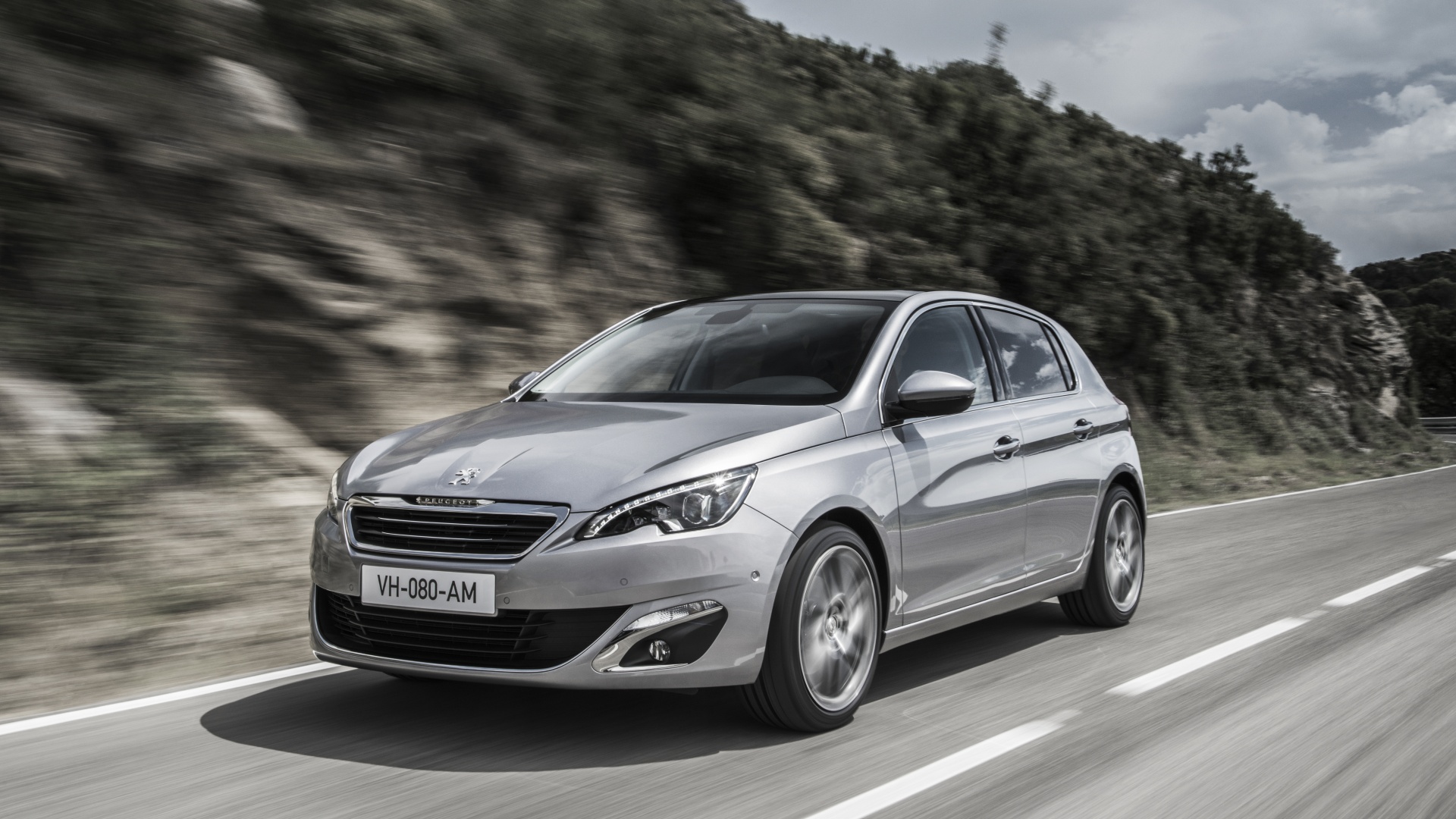
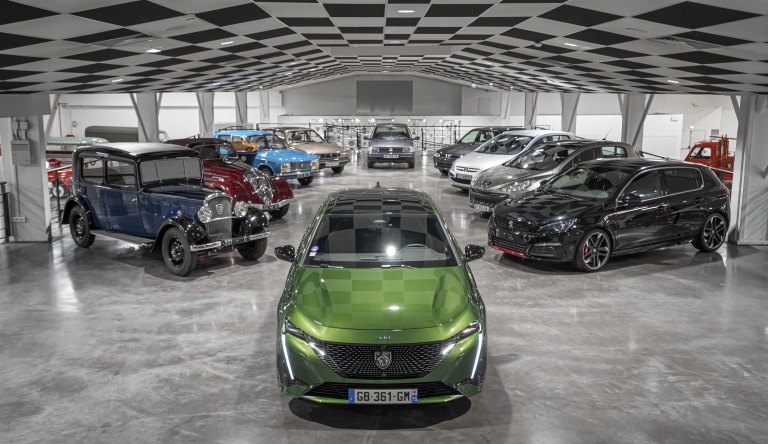
PEUGEOT "300 SERIES": 90 YEARS OF SUCCESS
PEUGEOT "300 SERIES": 90 YEARS OF SUCCESS
From the 301 launched in 1932 to the new 308 launched last autumn, Peugeot's "300 Series" and its 10 generations of models is one of the most comprehensive series in the automotive history and represents 90 years of technical progress, crowned with prestigious awards and numerous sporting successes.
Peugeot's 300 series models are compact cars located between the small saloon and the family car. At the beginning of the 1930s, in the midst of the economic crisis, Peugeot met the demands of customers by launching the Peugeot 301, which was sold from 1932 to 1936 as a saloon, limousine, coupé, cabriolet and roadster.
The Peugeot 302 succeeded it in 1936, and 25,100 examples were produced until 1938. With its integrated headlights located behind the radiator grille, the 302 had a streamlined front end, which carried on the style known as the 'Sochaux spindle', inaugurated with the Peugeot 402.
The war disrupted the course of the 300 Series, and the Peugeot 303 never came to be: this series was put on hold for three decades until the arrival of the Peugeot 304, presented in 1969 at the Paris Motor Show. It was available as a saloon, coupé, cabriolet, estate and utility estate, and aimed to occupy medium-sized segment. It was impressively spacious, and between 1969 and 1979, almost 1,200,000 units of the 304 were produced.
The Peugeot 305 was launched in Europe in 1977 as the successor to the 304. It stood out from its foreign competitors thanks to its front-wheel drive, crossways engine and its 4 independent wheels. With its benchmark road holding, its huge interior and its comfort worthy of the higher segments, the 305 quickly gained a foothold on the market. More than 1,6 million units of all body styles were produced.
The 305 saloon served as the basis for the VERA experimental programme, designed to improve the fuel efficiency of future generation cars. The first VERA 01 prototype unveiled in 1981 had a 20% reduction in mass and a 30% reduction in aerodynamic drag. Conducted over 5 years with work extended to engines, the VERA programme had a considerable influence on the development of the Brand’s 405 and then 605 models.
Produced between 1985 and 1994 in Poissy, Spain and Great Britain, the Peugeot 309 was the first true "compact" car in the modern sense: it was no longer a classic 4-door notchback like the 304 and 305, but a hatchback. The 309 GTI, powered by the 1.9 litre 130 hp engine of the 205 GTI, was introduced, capable of accelerating 0-100km/h in 8 seconds, and with a top speed of 205km/h.
The Brand launched the Peugeot 306 in February 1993. It replaced both the top of the range 205 and the 309. It became a best-seller in its category and was produced and assembled at no less than 9 sites around the world until 2002. Available in 3 and 5-door versions from 1993, it was joined in the range by a 4-door and an attractive convertible in 1994. Designed and built by Pininfarina, the latter was voted Most Beautiful Convertible of the Year at the 1994 Geneva International Motor Show, and Convertible of the Year in 1998. Once again, the 306’s road holding set the standard; it was particularly highlighted on the sporty versions: 306 XSI and S16. A spectacular and unforgettable 285 PS MAXI version marked Peugeot's great return to rallying in 1996 after a 10-year hiatus.
At the 1999 Geneva International Motor Show, Peugeot presented its new HDi diesel engine technology in the form of an impressive shooting-brake concept based on the 306. Production of the 3 and 5-door versions of the 306 was stopped in 2001, when its replacement, the 307, was presented. The convertible was still produced by Pininfarina until 2003.
Launched in 2001 and voted Car of the Year in 2002, the Peugeot 307 was a huge success, with over 3.5 million units produced worldwide. Available in 3-door, 5-door and estate versions (SW), it received an additional silhouette in the summer of 2003: the Coupé Cabriolet (CC), which transferred the innovative concept successfully introduced on the 206 CC to the compact segment. With its retractable hardtop and its 4 comfortable seats, the 307 CC was one of the most spacious convertibles of the time. It was also the basis for the sports version that entered in the World Championship in 2004 and 2005, winning 3 times and appearing on the podium 26 times.
A first generation Peugeot 308 succeeded the 307 in 2007. The 308 I came in 3-door, 5-door and SW estate versions, supported from March 2009 by a new generation of the Coupé Cabriolet CC model. A 308 RCZ Coupé version was revealed at the 2007 Frankfurt Motor Show, and production was quickly confirmed, giving rise to the Peugeot RCZ, a handsome 2+2 coupé which offered up to 270 PS and 0 to 100 km/h in 5.9 seconds.
The Peugeot 308 II was launched in 2013. Like the 307 12 years earlier, it was voted Car of the Year in 2014. It was praised for its elegant lines and driving pleasure, and featured a reduced size and weight (4.27 metres in length and a base version at 1,200 kg). The Peugeot i-Cockpit was also introduced on this model, and a GTI version further enhanced the driving qualities and dynamism of this 308.
7 million 308s were sold over the first two generations, before the new Peugeot 308 III made its debut. Produced at the Mulhouse plant, it bears the new Peugeot logo, which was unveiled when the new brand identity was introduced in February 2021. It is one of the finalists in the election of the Car of the Year 2022, the result of which will be known on 28th February 2022.
Mathieu Meheust, L'Argus (cover photo)/Stellantis/GIMS/JM
